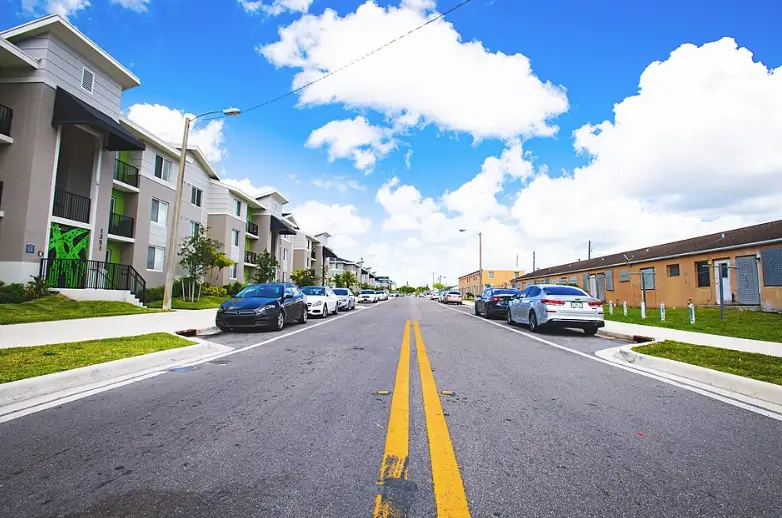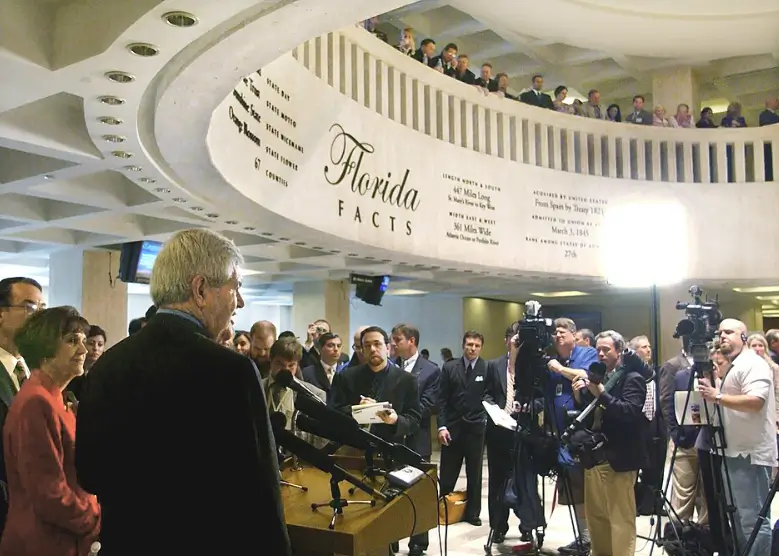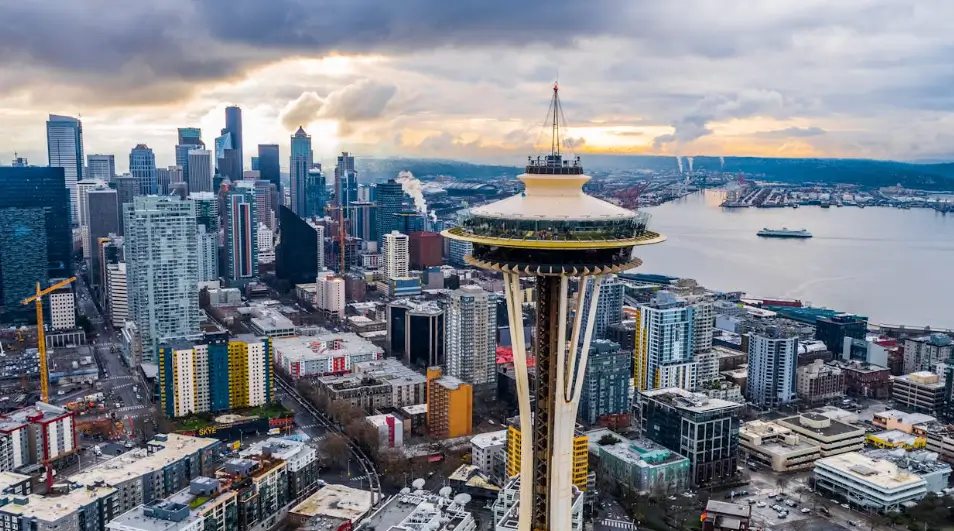Florida's Home Rule Crackdown
You ever feel like your city is being robbed, quietly, by law? That’s what’s happening in Florida right now. A new state statute is being called the “worst violation of home rule” by local governments. It’s not about stealing buildings. It’s about stealing the right to decide what goes where, how dense, how green, how fair.
Because land use is power. And when local power is clipped, the kind of cities we become are no longer in our hands.
What the New Law Does
The law prohibits local governments from enforcing what the state calls “restrictive or burdensome” land‑use or development regulations. On paper, that may sound like a push for efficiency, but in practice it means that rules designed to protect neighborhoods, manage growth, or preserve natural resources could be struck down simply because they are perceived as inconvenient to development. Even if the rules had nothing to do with disaster recovery or a clear state interest, they can be challenged.
The statute also allows any person to issue a notice of intent to sue a local jurisdiction for violating the law. That means it isn’t limited to directly affected residents. Developers, advocacy groups, or outside actors could initiate challenges as well. Once a notice is filed, the local government has just 14 days to amend or repeal the regulation before litigation begins. This short window forces quick reactions, often under pressure, and shifts leverage away from municipalities.

If adjustments aren’t made or if the changes are judged insufficient, lawsuits can move forward. That creates a pipeline for litigation, draining local resources and time. The process itself becomes a weapon, not just the outcomes.
Critics argue the language is dangerously vague. What exactly counts as “burdensome”? The lack of definition means almost any regulation could be open to attack. By empowering private parties to act as enforcers, the law effectively outsources oversight to those who may have the most to gain financially, leaving local governments on defense and communities with less control over their future.
Why This Is a Big Deal
1. The Power Shift: State > Local
Local governments often see land use as their core function. Zoning, development approvals, design standards, these are the levers cities use to shape their future. When the state overrides that authority, it’s not just a policy tweak; it’s a fundamental change in who decides. This law doesn’t just limit regulation; it shifts control away from councils and commissions who live closest to the impacts and hands it upward to state legislators who may never walk those streets. That loss of proximity matters, because context-sensitive decisions get flattened when power is centralized.

2. Preemptions Are Spiral, Not Singular
This isn’t a standalone Florida story. Across the U.S., we’re watching states pass preemption laws that restrict local action on rent control, environmental protections, zoning for density, or infrastructure standards. Each new law emboldens the next. Preemptions don’t exist in isolation, they spiral. Florida’s law pushes the boundary harder, setting a precedent that could ripple into other states. For planners elsewhere, it's something to keep an eye on. If it can happen here, it can spread.
3. Legal and Financial Chill
Even without lawsuits actually being filed, the threat itself can paralyze local governments. Imagine being a planner recommending new affordable housing guidelines or climate-resilience requirements, only to be told, “Don’t risk it. We can’t afford a lawsuit.” The chilling effect is real. Cities may begin avoiding ambitious policies, not because they lack public support or data, but because the financial risk is too high. Policy becomes reactive instead of proactive, and innovation stalls.
4. Uniformity vs. Context
Local regulation is often about nuance. A coastal town may need setback rules for hurricanes. An inland city may want tree canopy standards to fight heat islands. A rural community might prioritize farmland preservation. A “one-size-fits-all” framework ignores those differences. Florida’s law leans toward uniformity, which may look efficient on paper but erodes the very thing that makes places unique: their local context. By stripping away those tailored rules, the law risks replacing diversity with sameness, leaving communities without the tools to address their specific needs.

What Planners Should Be Watching (or Doing)
- Know the law inside and out. Find the exact definitions, exemptions, appeal paths, and notice thresholds. The gray zones will be where most fights happen.
- Build defensible policies. If your city is forced to defend a regulation, the stronger the evidentiary basis (studies, public input, data) the harder it is to overturn.
- Collaborate regionally. When preemption happens at the state level, cities may need to protect each other. Pool resources, share legal support, coordinate standards.
- Push for clarity or rollback. Use political channels, statehouse, associations, media, to advocate for amendments or repeal. Highlight real stories of what regulation (e.g. tree canopy, bike lanes, local design) actually protected.
- Watch litigation trends. Local governments in Florida that are sued will set precedent. Cases that survive will define what “burdensome” means, whether public interest statutes hold up, etc.

A Thought from ZOP
One day you might walk down a street designed by someone else’s rules. You’ll see houses too large for the lots, style mismatches, missing shade, cars dominating the edges. That’s not coincidence. That’s planning by default, by the rules left after the locals are disarmed.
When local governments can’t protect context, justice, or public health through zoning, they become bystanders to their own futures.
%20(1200%20x%20237%20px)%20(300%20x%2059%20px).webp)





